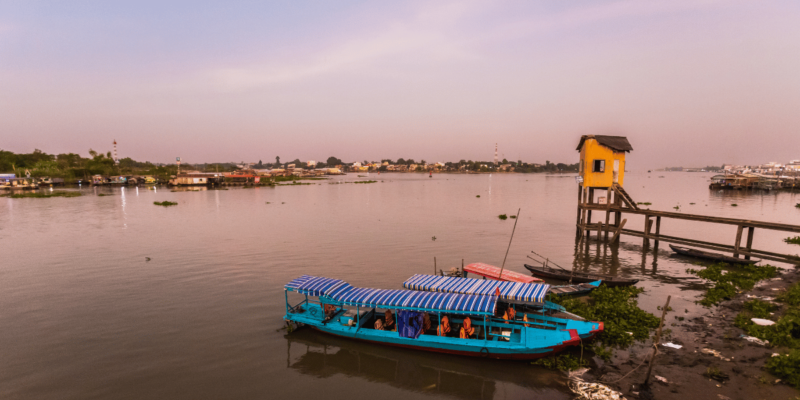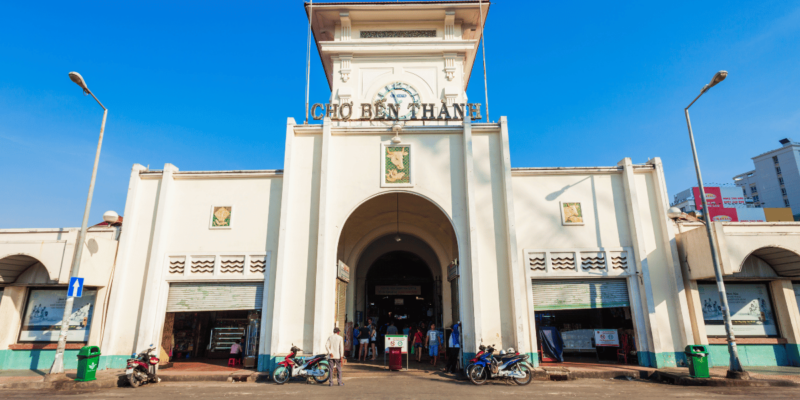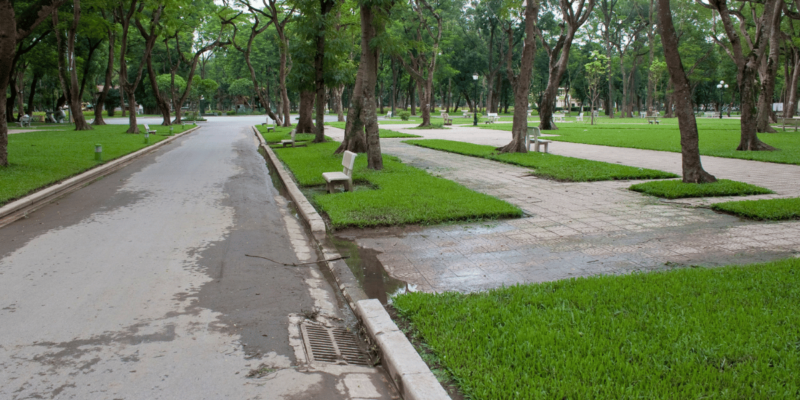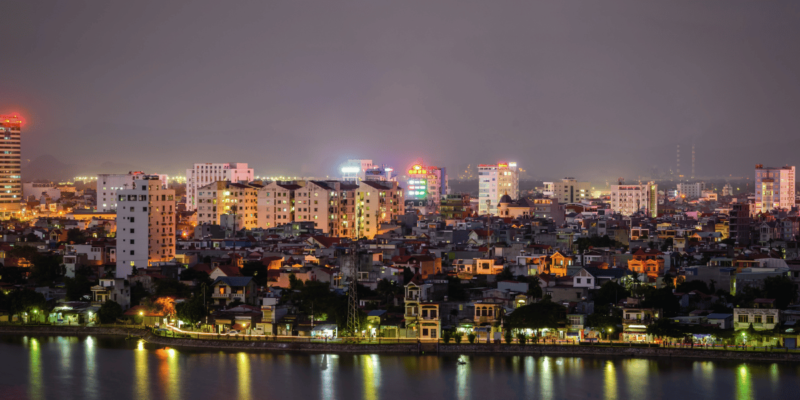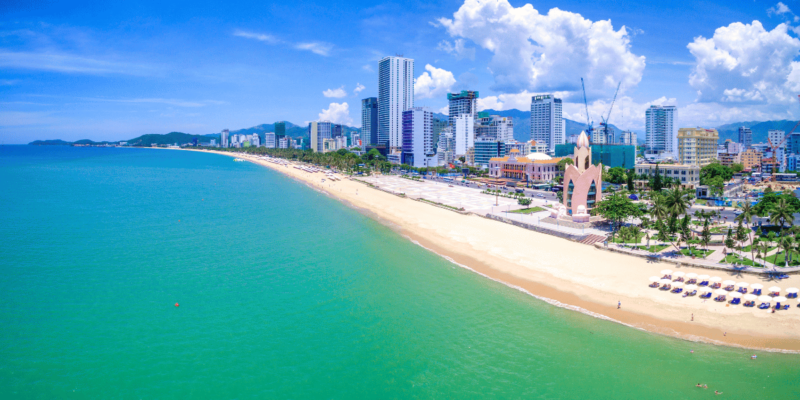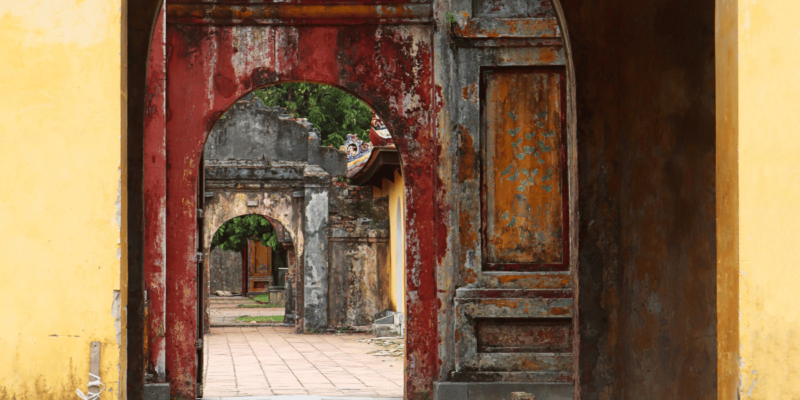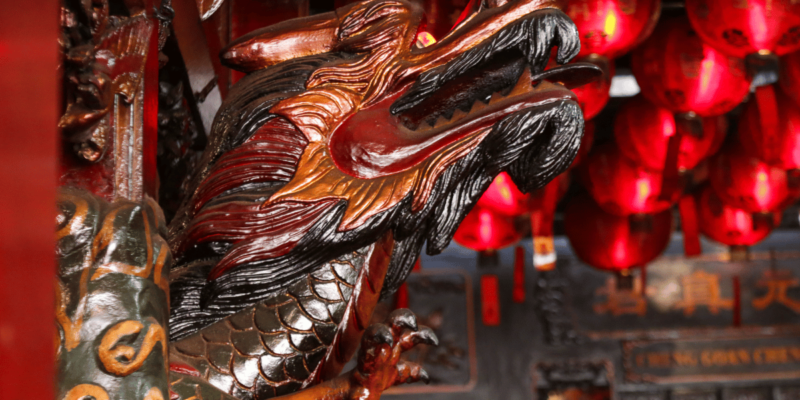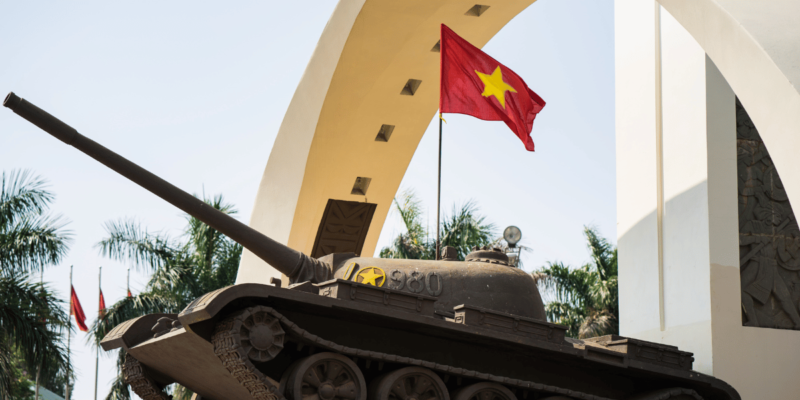The Cyclo: An Emblem of Vietnam’s Past and a Tourist Delight
Historical Significance and Evolution: Originating during the French colonial era as a modification of the unsuccessful rickshaw, the cyclo became a staple of Vietnam’s urban landscape. Its unique design, featuring a double seat at the front supported by two wheels, with the driver pedaling from behind, allowed for an intimate yet leisurely exploration of bustling city streets. While similar in basic design, the cyclos in Ho Chi Minh City are distinguished by higher seats for the drivers, which not only gives them a better vantage point but also mirrors the city’s slightly higher cyclo fares compared to those in Hanoi.
Transition from Necessity to Novelty: Once a prevalent mode of transport for the masses, the cyclo has seen a decline in its utility with the advent of more efficient and cheaper public transportation options. Modern taxis and expansive bus networks offer quicker and more cost-effective ways to navigate the urban sprawl, relegating cyclos to a more ceremonial or novelty role, particularly appealing to tourists seeking an authentic or nostalgic experience.
Preservation as a Cultural Icon: Despite their diminished role in daily transport, cyclos have found a new lease on life as cultural icons. In tourist districts and historical areas, they are cherished for the slow-paced, panoramic experience they offer, allowing visitors to absorb the sights and sounds of Vietnam’s vibrant street life at a leisurely pace. However, due to safety concerns and the potential for traffic congestion, cyclos are restricted from major thoroughfares, limiting their operational scope but not their appeal.
Indispensable in Local Commerce: Cyclos continue to be invaluable for transporting bulky items through narrow lanes and crowded markets where larger vehicles would be impractical. Their ability to maneuver through tight spaces and the driver’s skill in balancing sizeable loads are often a source of fascination, providing tourists with unique photo opportunities—from cyclos stacked with colorful fabrics to those teetering under the weight of household appliances.
Practical Advice for Tourists: For travelers eager to experience a cyclo ride, negotiating the fare beforehand is crucial to avoid overpricing—a common practice given the tourist-centric nature of their current use. Starting negotiations at about a third of the initial quote and agreeing on up to half can usually secure a fair price. Departing from negotiations often leads cyclo drivers to offer a more acceptable fare to secure the business.
Economic and Social Reflections: Cyclos not only reflect the adaptation of a traditional mode of transportation to modern tourism needs but also highlight ongoing socioeconomic dynamics in Vietnam. They symbolize the blend of historical reverence and contemporary practicality, embodying the spirit of a nation that values its heritage while navigating the challenges of urban expansion and global integration.
Conclusion: Today, the cyclo stands not just as a relic of a bygone era but as a living testament to Vietnam’s resilience and adaptability. It offers more than just a ride; it provides a link to the past, a tool for the present, and a symbol of the enduring Vietnamese spirit. Whether ferrying tourists across scenic routes or hauling goods through bustling markets, the cyclo remains an integral part of Vietnam’s cultural and urban tapestry.



